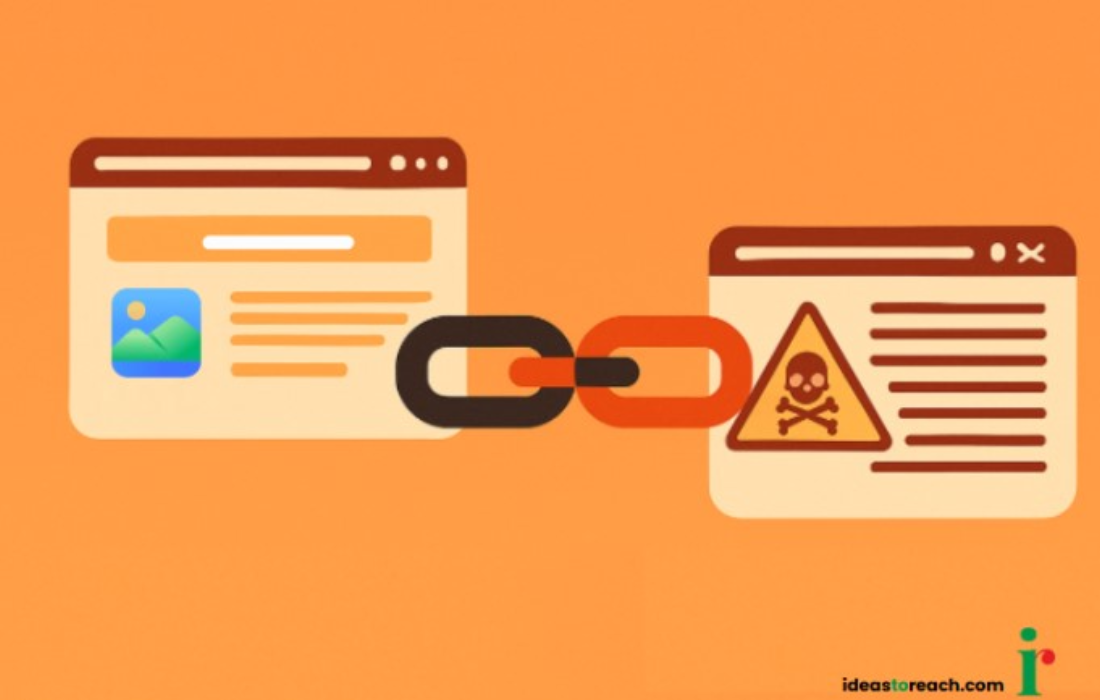
If you’ve ever worried about “toxic backlinks” hurting your website’s Google rankings, you’re not alone. Many SEO agencies and tools promote the idea that bad links can drag your site down, and that using Google’s Disavow Tool is a necessary part of regular site maintenance. But is that really true? Let’s break down what the Disavow Tool is, when you should use it, and what Google actually recommends, so you can make the right decisions for your website, even if you’re not an SEO expert.
The Disavow Tool is a feature in Google Search Console that allows website owners to ask Google to ignore specific backlinks when evaluating their site for search rankings. This tool was introduced after Google’s 2012 Penguin update, which penalized sites for manipulative link-building practices like buying links. The Disavow Tool was created mainly to help sites recover from those penalties, especially when they couldn’t get harmful links removed manually.
Short answer: No.
Google’s John Mueller has made it clear that using the Disavow Tool is not a normal part of site maintenance. Most websites never need to use it at all. In fact, Google’s algorithms are very good at ignoring spammy or irrelevant links on their own.
“The disavow tool is not something that you need to do on a regular basis. It’s not a part of normal site maintenance. I would really only use that if you have a manual spam action.”
— John Mueller, Google
The term “toxic backlinks” is mostly marketing language used by SEO tools and services. Google doesn’t use this term internally. Most random, irrelevant, or foreign links pointing to your site are simply ignored by Google and won’t hurt your rankings.
However, there are two main situations where you should consider using the Disavow Tool:
For everyone else, Google’s advice is simple: Don’t worry about random bad links. Focus on creating great content and earning natural, high-quality backlinks instead.
If Google were to remove the Disavow Tool in the future, most website owners wouldn’t need to do anything differently. Google’s systems are designed to ignore bad links automatically, so unless you’re dealing with a manual penalty, you don’t need to take extra steps.
If you do have a manual action and the tool is unavailable, your best option would be to contact Google support or seek help from an experienced SEO professional.
If you’re sure you need to disavow links (for example, after a manual action), here’s a simple step-by-step process:
At the end of the day, the Disavow Tool is there if you really need it, but chances are, you probably don’t. Unless you’ve been hit with a manual action or know for sure that shady link-building happened in the past, there’s no need to stress over random backlinks or run regular disavow campaigns.
Google’s gotten a lot smarter over the years. Its systems are built to ignore low-quality or irrelevant links automatically. So instead of chasing “toxic backlinks,” focus on what actually matters: creating helpful content, building real authority, and giving users a great experience on your site.
If you ever do need to use the Disavow Tool, now you know exactly how to do it, and when not to.